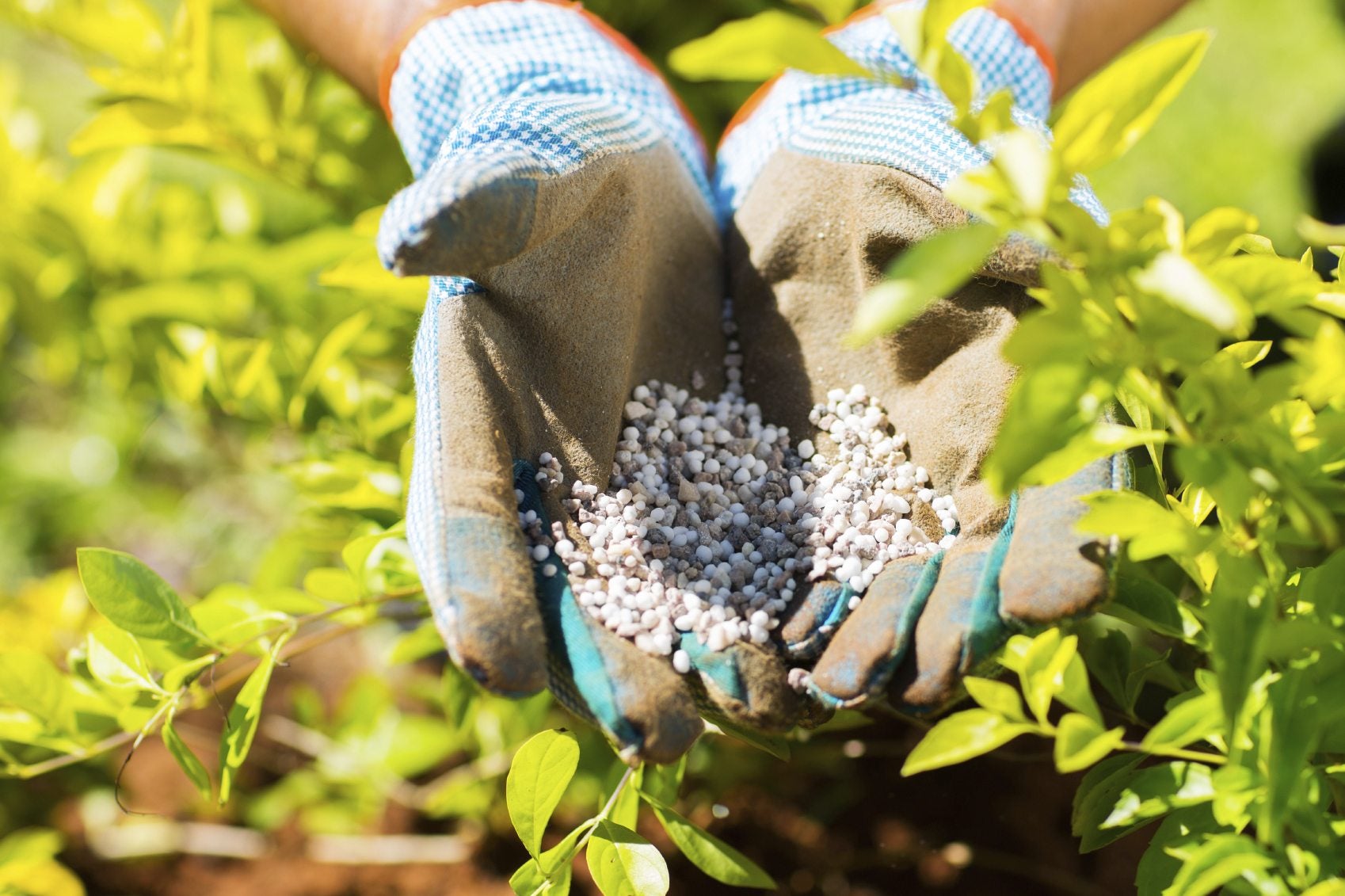Information On Fertilizer Content: Understanding Fertilizer Rates And Applications


There are numerous elements needed for good plant health. Some occur naturally in the growing process, either from the air, water or the earth. Other elements need to be added to the soil to ensure that your plant's needs are met – this is where plant fertilizer comes in.
The three macro-nutrients – nitrogen, phosphorus, and potassium – are generally reflected in a fertilizing formula's ratio. The numbers in the ratio correspond to the amounts of nutrients represented in the fertilizer content. But how do you know how much you need for each plant, and how to apply it? Fertilizer rates and applications are usually stated in the formula's instructions, but there is a little more to know for proper fertilizer usage. Read on to understand fertilizer rates and applications.
Fertilizer Content Information
Fertilizer is good for plants. However, too much of the wrong nutrient can have adverse effects and too much fertilizer can burn roots and shoots. Reading the fertilizer content will give you a clue to how much of each macro-nutrient is contained in the formula as well as any other nutrients, such as calcium and magnesium. The analysis or grade on a fertilizer label gives the ratio of each macronutrient in the product, represented by a 3-number ratio (NPK). This is important to note if you are trying to feed a leafy plant or promote blooming.
The 3-number ratio can interpret how much nitrogen, phosphorus, and potassium there is in the order as they appear in the ratio. Nitrogen, the first number, directs leafy growth, while phosphorus contributes to bud set and rooting. Potassium is essential for overall plant health and increases its defenses to unfavorable conditions and disease. So, a 10-5-5 is a fertilizer high in nitrogen, while a 5-10-5 would be a bloom enhancer.
There are also other nutrients and fillers in the product. When applying fertilizer, it is important to note these numbers in an effort to balance plant needs. Then you need to consider fertilizer application rates. For lazy gardeners, like me, you might want to consider a time-release fertilizer that gradually releases nutrients over a three to six month period of time. Instant delivery is available through liquid applications or fast-acting granules.
How to Calculate Fertilizer Rates
Fertilizer application rates are dependent upon the formula and the major nutrient needs of your plants. The most important nutrient is nitrogen. The standard nitrogen fertilizer application rate is 0.1 to 0.2 pounds per 100 square feet (45.5-91 g. per 9 sq. m.). This translates into 0.5 to 1 pound (227-454 g.) of ammonium sulfate, 0.3 to 0.6 pounds (136-272 g.) of ammonium nitrate, or 0.2 to 0.4 pounds (91-181 g.) of urea. You should do a soil test to ascertain the amount of phosphorus and potassium.
Most soils are high enough in these two nutrients that you don't need to apply much. Applying fertilizer with an excess of these nutrients can result in high soil salt levels. To calculate the amount of fertilizer you will need for a large area, such as a lawn, figure out the square feet and then divide the recommended amount of nutrient for that plant by the amount of that nutrient found in your fertilizer.
Sign up for the Gardening Know How newsletter today and receive a free copy of our e-book "How to Grow Delicious Tomatoes".
For example, you would like to apply a recommended rate of 1 pound of nitrogen to a 1,000 square-foot (0.5 kg. per 93 sq. m.) lawn. If your formula is a 10-10-10, you have 10 percent nitrogen in the product. Divide 1 by .10 to get 10 pounds per 1,000 square feet (4.5 kg. per 93 sq. m.) of lawn. Now you know your fertilizer application rate is 10 pounds (4.5 kg.).
Fertilizer Rates and Applications
To muddy the waters further, you will also need to decide when and how often to fertilize your plants. This depends on the type of application you choose to apply.
- A complete fertilizer is usually sufficient for most garden plants and should be applied in spring and can be applied again in two or three months.
- Time-release fertilizers are usually only applied in spring and last throughout the season.
- Liquid fertilizers provide the fastest delivery of nitrogen, but they are usually gone from the soil within two weeks and the plant will require feeding again.
- Granular fertilizers take longer to leech their nutrients into the soil and persist a few weeks longer.
Soils with high organic content, where compost or other amendments have been worked in, need less frequent applications of fertilizer, as they have natural sources of nutrients available to plant roots. Topical applications of organic items, such as manures and leaf litter or grass clippings, supplement the work of a purchased fertilizer and also extend the time in which you must fertilize. A combination of synthetic and organic fertilizer management is an excellent way to enhance plant health and ensure bountiful crops.

Bonnie Grant is a professional landscaper with a Certification in Urban Gardening. She has been gardening and writing for 15 years. A former professional chef, she has a passion for edible landscaping.